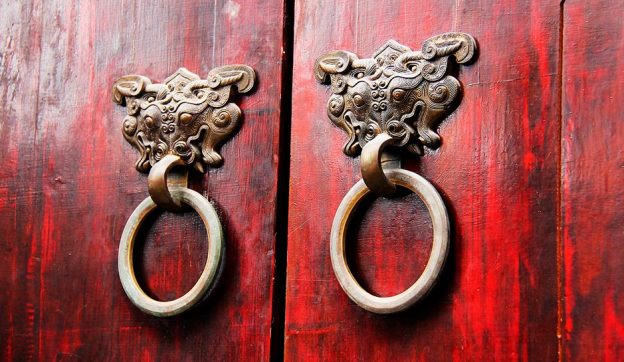In ancient China, through the long observation of changes in nature and human society, ancient Chinese classified the mechanism of transformation into five types, which were represented by the emblems of Wood, Fire, Earth, Metal, and Water. This mechanism of transformation is called “Wu-Xing.”
Literally, “Wu” means five and “Xing” means passage. It is often translated as Five Elements, Five Phases, Five Passages, or Five Functions. They are best known as Five Elements in the West.
Although this is the most common English translation, it is also unfortunate since it can lead to confusion with the four Aristotelian elements of Earth, Water, Air, and Fire. As can be seen from the names of elements, this Aristotelian system is not the same as the system used in China.
Just as everything in the universe has aspects of Yin and Yang, everything also has a connection with Wu-Xing (Five Elements). Every life cycle can be categorized into Wu-Xing as shown in the following table:
Each of the elements in the Wu-Xing Theory represents a certain characteristic form of change. As seen in the table, Wood represents vitality, and growth. Fire represents energy, radiation, and dynamic expansion. Earth represents connection, cooperation, and coagulation. Metal represents condensation, solidification, and concentration. Water represents flow, spreading, and penetration.
Just as Yin and Yang closely connect, affect, enhance, and control each other, the Five Elements are also closely connected and affect each other. Each element can enhance or be enhanced, restrain or be restrained. The diagram below shows the relationships between elements:
The outer circle shows the relationship of enhancement; the inner star shows the relationship of restraint or control.
All cycles are associated with one of the Five Elements. Therefore, each category’s relationship can be balanced through the Enhance and Restrain cycles.
The ancient Chinese sages observed that all items that fall under the same element have something in common. Therefore, those items under the same element resonate with each other. For example, under the Wood element, east, spring, green, and birth relate to each other. Water element on the other hand, is associated with North, Winter, Black, and Death.
Most notably, this Wu-Xing Theory of relationships has been applied with great sophistication in Chinese Traditional Medicine. From the table above you can see that each internal organ belongs to one of the five groups.
From a Wu-Xing perspective, through the understanding of the cycles, a heart problem (Fire) could be associated with the liver (Wood), spleen (Earth), kidney (Water), or lung (Metal). To make appropriate adjustments, a healer must always observe the whole system to find the source of the problem. This is called the “holistic” approach because it is based on treating
the organs as part of the whole organism.
Written by Shan-Tung Hsu



